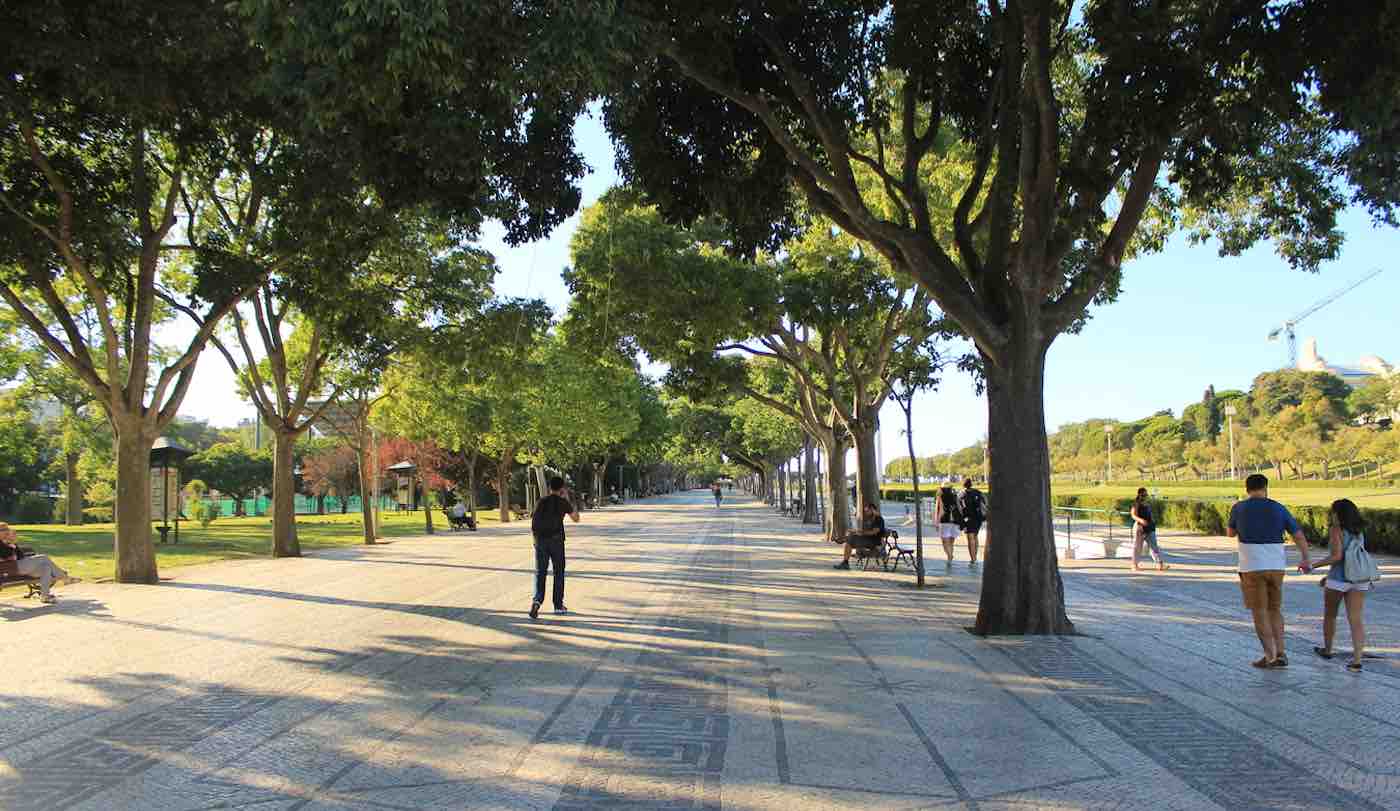This exciting new Australian study has found that communities with a healthy amount of tree cover—not just grass and green space—were psychologically healthier than those that didn’t.
Specifically, people in urban areas have a lower risk of developing psychological distress and better overall health if they have more trees within a walkable distance from their homes, says the study from the University of Wollongong (UOW).
In neighborhoods with a tree canopy of 30% or more, adults had 31% lower odds of developing psychological distress, and 33% lower odds of rating their general health as “fair” or “poor” over six years.
That being said, urban green spaces with open grass rather than a tree canopy did not deliver the same benefits.
RELATED: Turkey Will Declare a Holiday Dedicated to Planting Trees After Young Man’s Tweet Goes Viral
The longitudinal study, which was published in JAMA Network Open tracked the changes in health of around 46,000 people aged 45 and older living in Sydney, Newcastle and Wollongong. Statistical analyses took into account other possible explanations, including differences in age, sex, income, education, employment status, and relationship status.
The study’s lead author, Professor Thomas Astell-Burt, an NHMRC Boosting Dementia Research Leadership Fellow at UOW, said while other studies had indicated that green space was good for mental health, this new research specifically looked at whether the type of green space made a difference.
“Our results suggest the type of green space does matter,” Professor Astell-Burt said.
MORE: Ethiopia May Have Just Shattered World Record By Planting 350 Million Tree Saplings in One Day
“We found that the residents of neighborhoods with a higher amount of tree canopy had better mental and general health, but didn’t find the same correlation when the type of green space was open, grassed areas.
“This suggests that protecting and increasing the urban tree canopy could potentially deliver significant community health benefits.”
There are a number of reasons why trees could be beneficial to our health said Associate Professor Xiaoqi Feng, an NHMRC Career Development Fellow at the university.
CHECK OUT: Rooftop Panels of Tiny Plants Can Cleanse Polluted Air at 100 Times the Rate of a Single Tree
One obvious benefit was that trees provide shading, improve air quality, and reduce city temperatures on hot days. One American study has even shown that counties with improved tree cover spend less on healthcare costs.
Other benefits are more subtle. Green, leafy trees can provide sensory relief in urban areas dominated by hard surfaces, right angles, glass and concrete, and intrusive, attention-seeking advertising.
“The vibrant colors, natural shapes and textures, the fresh aromas and rustling of leaves in the breeze all provide distraction and relief from whatever it was you might have been thinking about, or even stressing over,” Associate Professor Feng said.
“Studies back this up. Walks through green space have been shown to reduce blood pressure, improve mental acuity, boost memory recall and reduce feelings of anxiety.”
Tree cover also provide spaces where people can benefit from interacting with each other and with animals, such as birdwatching and walking dogs, which can all be good for our mental health.
Reprinted from the University of Wollongong
Plant Some Positivity By Sharing The Study With Your Friends On Social Media…




















